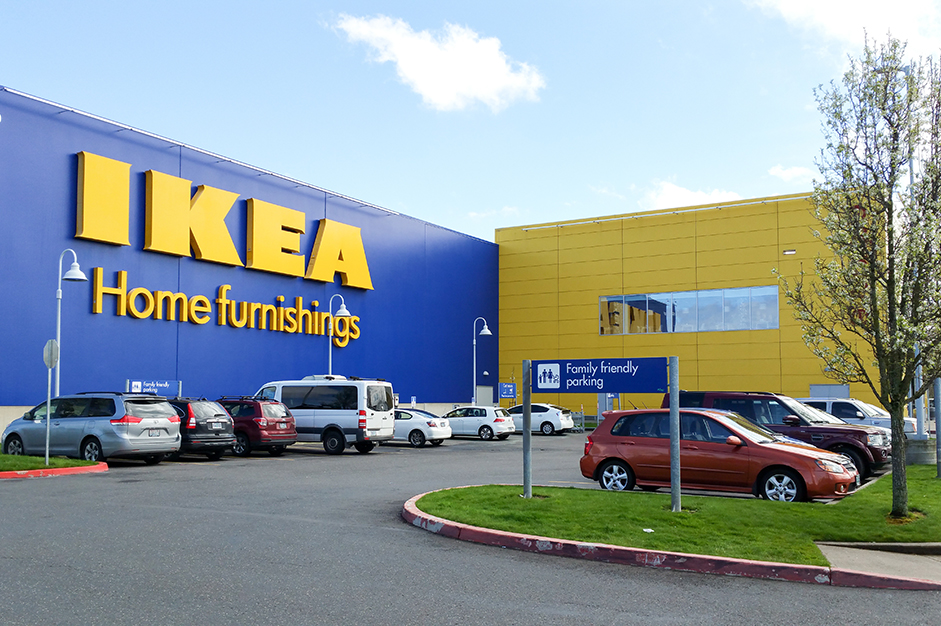Vision without execution is hallucination.
Some say Thomas Edison said that. Others say Einstein. Whoever said it got it right. The ability to execute is inherent in good strategy. But the strategy won’t execute itself.
Good strategy involves making decisions that will dictate what to do and what not to do.
The very heart of business strategy is a clear plan of how the company will generate income above its cost — in other words, how it will be profitable. It’s not about performing similar activities better than your competition. It’s about outperforming your competitors by establishing a sustainable difference over a long period of time.
Strategy is the result of decisions regarding where a company will do business geographically (and where it will not), the product categories in which it will participate (and what categories it will not), the technologies it will focus on (and what technologies it will not), the markets it will play in (and what markets it will not) and who it will sell to (and who it will not), to name a few.
Strategy also is based on decisions about how the company will win where it decides to play. Will it focus on acquisitions? Joint ventures? Licensing? Franchising? Grow entirely organically? Outsourcing? Manufacturing? Will it differentiate with a unique product or service attribute? Low price? High price? Reliability? Scale? Social responsibility? Distribution channel? Or will it be some combination of these?
Business strategy in action
Your strategy determined and decisions made, it’s time to execute. Turning the vision into reality, marketing execution, is where things can fall apart.
Consider people. Do you have the right employees with the right skills? Do you need to add or retrain your employees based on the chosen strategic direction? Will you put the emphasis more on product development and performance or on customer service and satisfaction? Look for an objective skills measurement method to identify who and what is needed.
Look at your operations. What do you do first, second and third? Sequencing is critical in execution. It’s most often determined by the availability of resources. Rarely do organizations have all the resources that they need, so we must prioritize and set milestones.
Structure follows strategy
Determine the capabilities you need for the organization to have the best chance to win. It might be necessary to create a new framework to better align with the new strategy.
Quarterly reviews should reveal whether strategy adjustments are needed. Contingency plans should be ready to execute quickly.
Sweden-based Ikea is the world’s largest furniture retailer. Its “why” is “to create a better everyday life for the many people.” Remember, your why doesn’t change. It’s the reason you are in business (other than to make money).
As for its “where” and “how,” Ikea must have low prices to create a better life for many people. Low-pricing then drives decision-making throughout the organization.
Ikea’s challenge is delivering good-quality stylish products at affordable prices. To accomplish that, Ikea introduced the innovative “Do It Yourself” concept. This allows for brown cardboard flat packaging, saving costs on assembly and storage and making it easier for customers to get their purchases home.
To control its image and build on learnings, Ikea has its own in-house design team. They understand customers’ needs and evolving trends. They design products that are efficient to produce and are environmentally friendly. Ikea outsources manufacturing to geographically well-dispersed plants to keep production costs low.
The Ikea target customers are most often price-conscious females, young couples, students and first-time furniture shoppers. They like simple and natural design. They also care about the environment.
Ikea has more than 400 wholly owned stores in 50 countries. Its website gets more than 2 billion visits annually. Further, it doesn’t make acquisitions, thus avoiding being tainted with bad cultural fits. They allow their customers to browse the visually exciting store without salespersons hovering over their shoulders.
With Ikea’s economies of scale and its combination of differentiators and unique operations, it’s hard to imagine how a competitor could charge lower prices for the same level of product.
Never rest on your laurels. Ikea doesn’t. It is No. 1 in its category. The correct strategic move for No. 1′s in their categories is to play defense. In the case of Ikea, a strong defensive move would be to continue finding ways to lower its prices.
Fortunately, you can be like Ikea. Embrace your why, determine your where and how, and execute in every way possible to fulfill the reason you are in business. Marketing implementation can be the fulfillment of your brand promise.



